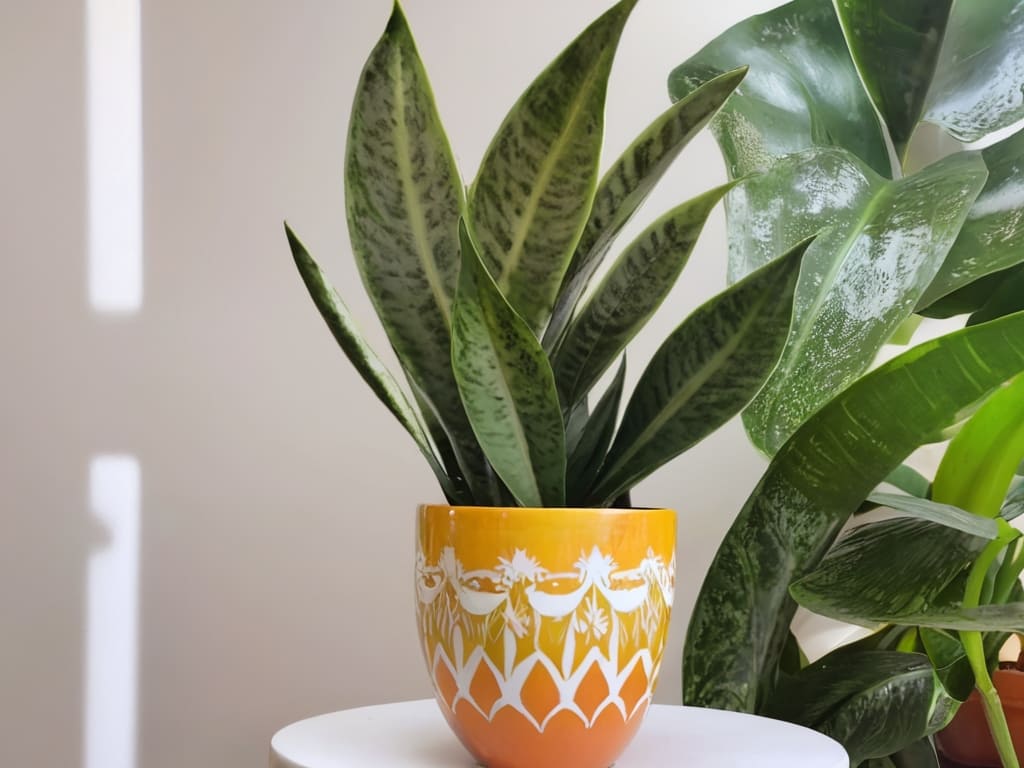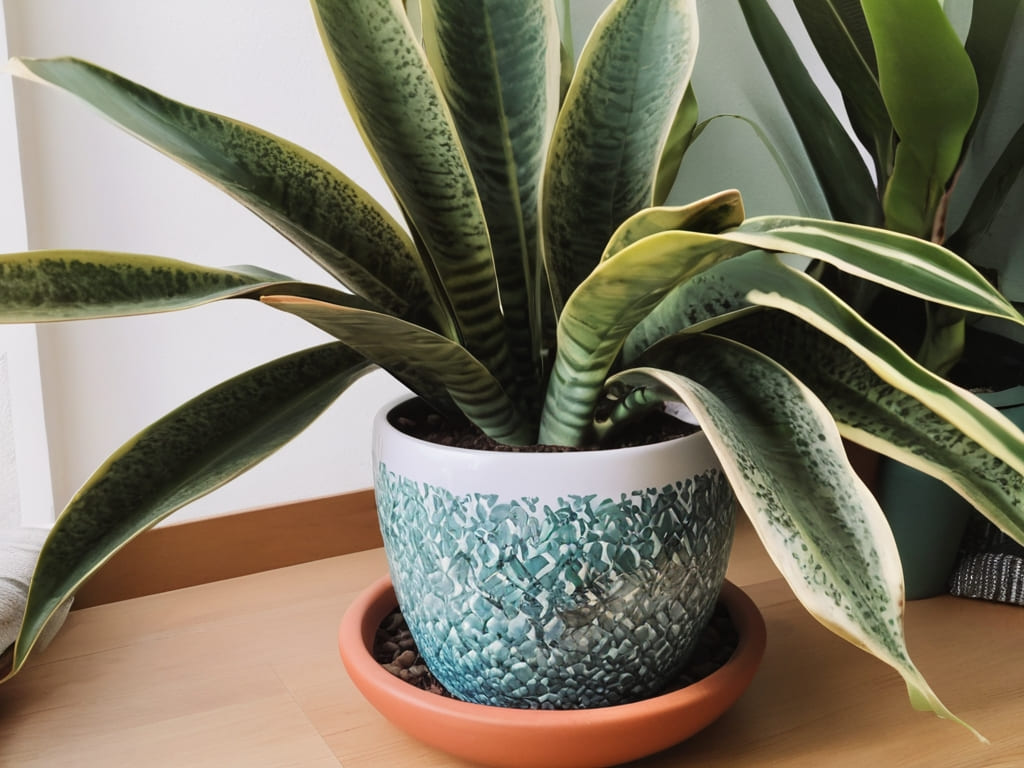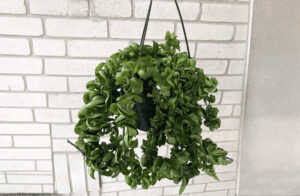
The Snake Plant (Sansevieria) is one of the easiest houseplants to care for. With its tall vertical foliage and tolerance for low-light conditions, it adds a touch of jungle vibes to any home.
Key Takeaways
- Snake plants are extremely low maintenance and drought tolerant
- They thrive in bright indirect light but can tolerate low light
- Water every 2-3 weeks when soil is dry
- Fertilize in spring and summer with a dilute balanced fertilizer
- Propagate by dividing mature clumps or leaf cuttings
- Tolerates wide range of temperatures and humidity levels
In this article
Appearance of the Snake Plant

Snake plants have stiff, vertical leaves that emerge from the soil. New leaves are light green and develop darker green stripes as they mature. Leaves can grow up to 3 feet tall and 2 inches wide, with some cultivars producing leaves in solid green, yellow or variegated patterns. Their sword-like leaves and ability to survive neglect make them a perfect choice for beginners.
Light Requirements for the Snake Plant

Snake plants thrive in bright, indirect light but can tolerate very low light conditions such as under furniture or in shaded corners. They may grow leggy and lose variegation in very low light.
| Light Conditions | Effect on Snake Plant |
|---|---|
| Bright Indirect Light | Optimimal growth and compact form |
| Low Light | Slower growth but will survive |
| Direct Sunlight | Leaves may burn if not acclimated; filter light with sheer curtain |
–
Watering the Snake Plant
Only water when the top 1-2 inches of soil are dry. During winter months, cut back watering frequency to every 3-4 weeks. Snake plants store water in their thick, fleshy leaves so they are very drought tolerant and forgiving of missed waterings. Overwatering causes yellow or brown leaf tips and root rot.
- Check soil moisture by sticking finger 1-2 inches deep
- Water thoroughly until water drains from bottom of pot
- Discard any drained water after 30 mins
Fertilizing the Snake Plant

Indoor Plant Fertilizer Pellets: great for seedlings and mature plants
Fertilize in spring and summer with a balanced, water soluble fertilizer diluted to 1⁄4 or 1⁄2 the recommended strength. Only fertilize every 2-3 months during the active growing season.
| Month | Recommended Dosage |
|---|---|
| March-May | 1⁄4 strength fertilizer |
| June-August | 1⁄4 strength fertilizer |
| September-November | – |
| December-February | – |
–
Potting the Snake Plant
Repot Snake plants in early spring or when roots fill the pot. Use a well-draining soil mix and a pot with drainage holes slightly larger than the rootball. Water thoroughly after repotting and allow the soil to dry between waterings.
- Gently remove plant from current pot
- Tease roots and trim any damaged or circling ones
- Repot in well-draining potting mix in a pot with drainage
- Water thoroughly and place in bright, indirect light
Propagation of Snake Plant
Snake plants propagate easily from leaf cuttings. Simply cut off the top 4-6 inches of a healthy leaf, allow the cut end to callous over for a few days, then set the cutting on top of well-draining potting mix. Roots will form along the leaf base within 4-6 weeks. Once established, the new plant can be potted up. The parent plant will also re-grow pups.
Growth and Development of the Snake Plant

Snake plants grow slowly and are hardy houseplants that tolerate a wide range of temperatures from 60-85°F and humidity levels from 35-70%. Maintain consistent growing conditions for best growth. Provide very bright, indirect light for compact bushy growth.
RELATED: 9 Indoor Plants that Purify the Air
Managing Pests and Diseases for the Snake Plant
Snake plants are generally pest and disease free. Check for signs of pests like spider mites or mealybugs and treat with neem oil if found. Overwatered plants may develop root rot—improve drainage and allow soil to dry out.
Frequently asked questions
How big will my snake plant get?
Mature snake plants can reach 3-4 feet tall depending on the variety and care.
Can I place my snake plant outdoors in summer?
Yes, snake plants tolerate full sun once acclimated but may need partial shade in hot climates. Bring indoors before first fall frost.
Will my snake plant flower?
Some varieties flower on mature plants, producing small white clusters. Flowers are insignificant compared to attractive foliage.
With their striking foliage and ability to thrive with infrequent water, sansevieria make an excellent choice for beginners and low-maintenance households. Proper light, soil drainage and infrequent watering will ensure your snake plant remains vibrant for years to come.
Happy gardening!







